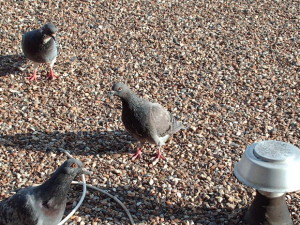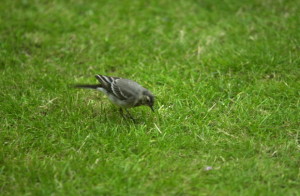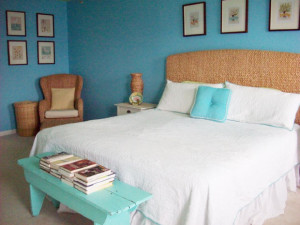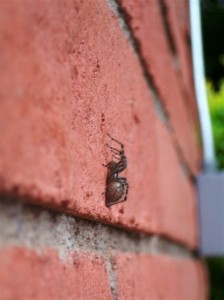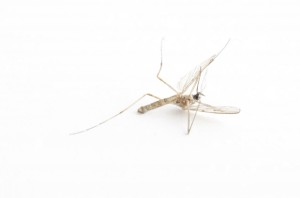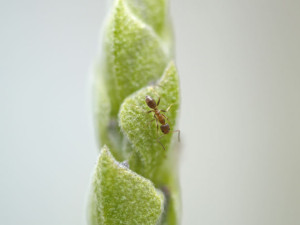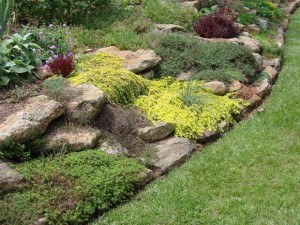
Pest control is a tricky business. If you feel you have a pest problem in your home, the wisest choice is to call a pest control specialist to come eradicate the problem for you. However, if you think it’s simple enough to solve on your own, first start out with these tips:
Grub damage
To prevent grub damage, homeowners and gardeners can simply distribute hair, animal fur, or cayenne pepper over their lawns to preserve their health and also to keep animals such as raccoons and skunks away.
Getting rid of ants
If you have a pesky ant problem, you may be able to rid your home of these little pests by saving your coffee grounds. These are a great ant deterrent – they do not like them and will not come anywhere near them. This also won’t use any chemicals that will stink up your home, or make it dangerous for you and your family.
Bye bye flies
Fill a glass container with 1-2 inches of apple cider vinegar. Wrap the top of the bottle neck with plastic wrap and poke holes. Fruit flies will actually drown themselves in the vinegar after they are lured in by the sweet scent.
Natural fly repellent
To rid your home of other types of flies aside from fruit flies, use cloves, eucalyptus and clover blossoms in a sachet and hang it from your ceiling. This will attract flies and they won’t be able to withstand the chemicals.
Ridding your home of mothball smell
Do you have a bad mothball smell in your home? Simply make a sachet to hang in your closets using dried mint, peppercorns, rosemary, lavender, bay leaves, cloves, and cedar chips. You’ll rid your home of the odor once and for all.
Keeping rats away
If you wish to repel rats, add one tablespoon of peppermint castile soap with half a teaspoon of cayenne pepper and eight cups of water, then spray the mixture along your baseboards. This will keep the rats from entering your home.
Roaches
To get rid of roaches, spice them up! Place 2 tablespoons of very hot sauce in 1 quart of water and then mix well and spray where problems exist. You’ll never see a roach again.
Ridding your home of termites
To get rid of termites, combine 4 tablespoons of grape jelly, 3 tablespoons of canned cat food, and 1 tablespoon of boric acid. Place a teaspoon of this recipe in locations you think these pests may be nesting (don’t place it in locations where pets can find it). The workers will bring this mixture back to the nest and offspring. You will shrink the nest in no time.
Following these simple tips may help you rid your home of small infestations. However, if you have large problems or simply don’t have the time to do this yourself, contact our offices today! We can help you with even the largest types of pest invasion problems, and get your home back in order in no time. Las Vegas Pest Control is the place to call!

